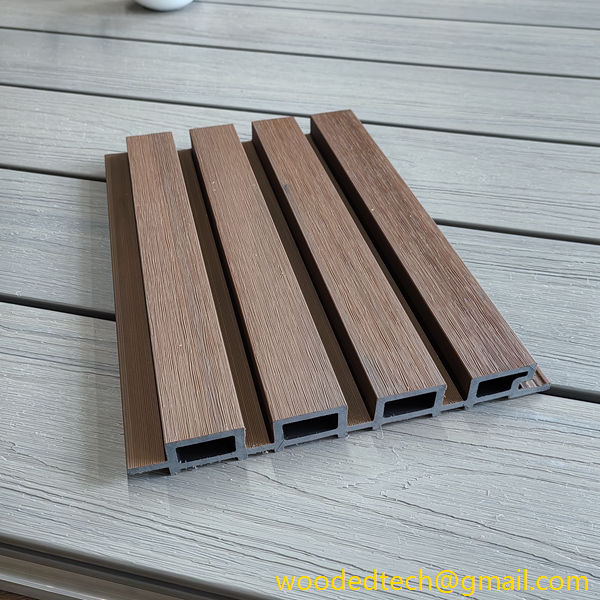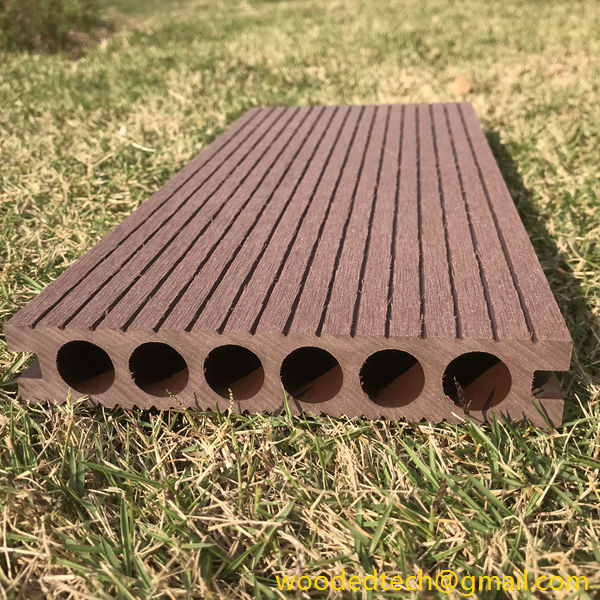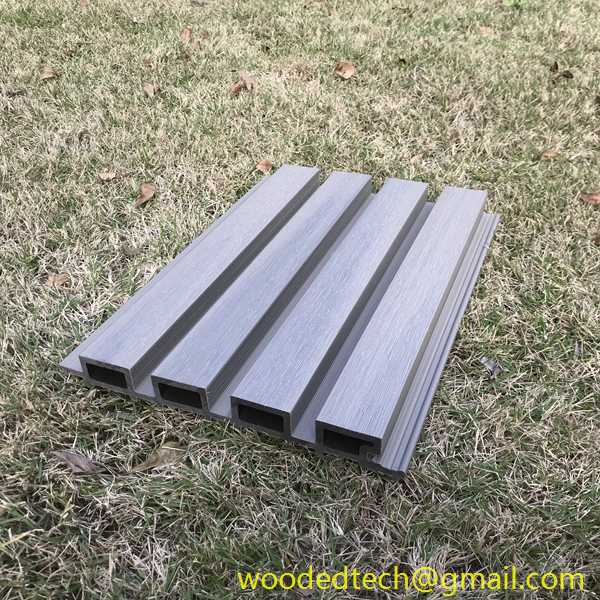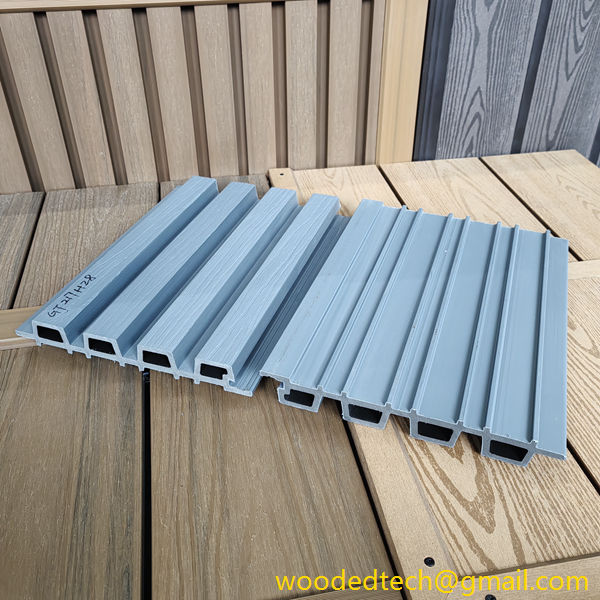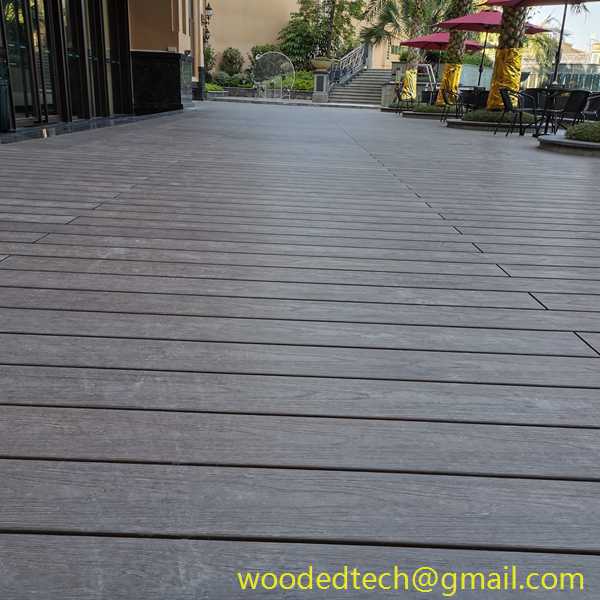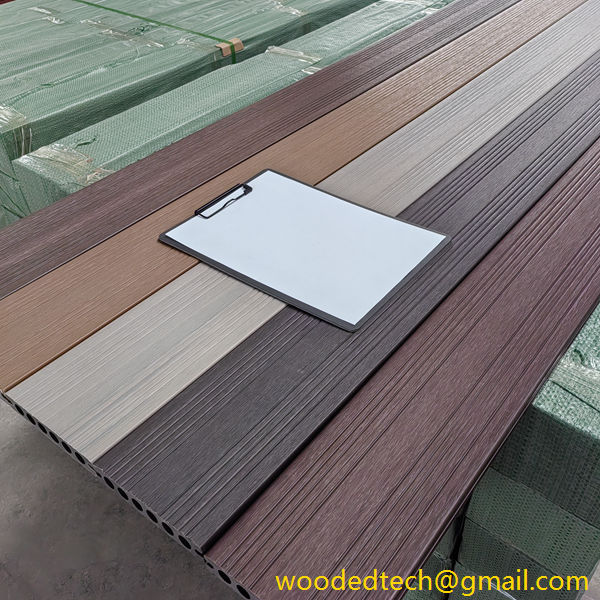WPC Wall Panel HSN Code Information: Installation and Maintenance Perspective
WPC, or Wood Plastic Composite, wall panels have gained significant popularity in recent years due to their durability, aesthetic appeal, and ease of installation. As a building material, WPC combines the best features of both wood and plastic, creating a product that is not only eco-friendly but also resistant to moisture, rot, and insects. Understanding the HSN code associated with WPC wall panels is crucial for proper identification and classification in trade and taxation. In this discussion, we will explore the installation and maintenance of WPC wall panels, shedding light on their benefits and considerations.
When it comes to installing WPC wall panels, the process is relatively straightforward compared to traditional wall coverings. First and foremost, one must ensure that the wall surface is clean, dry, and free from any debris. It is advisable to use a level to check the evenness of the surface, as any irregularities can affect the final appearance of the installation. Depending on the design and layout, measurements should be taken to determine the appropriate panel sizes and cuts. This step is crucial to minimize waste and ensure a seamless fit.
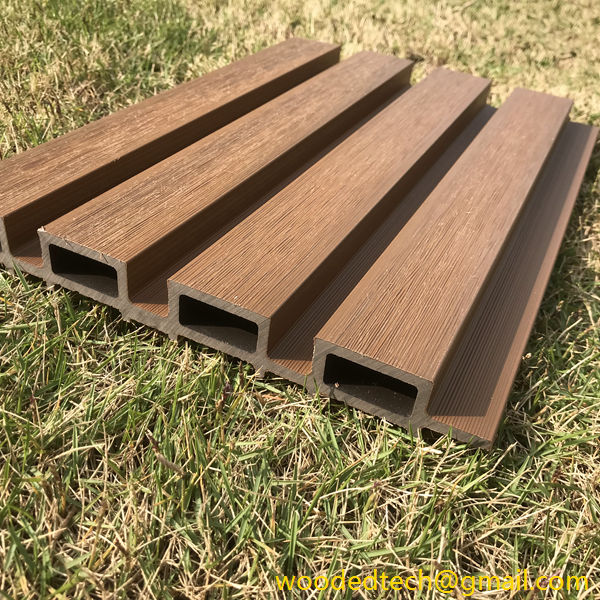
WPC panels typically come with interlocking mechanisms or tongue-and-groove designs, which make installation simpler. These features allow for quick assembly and reduce the need for additional adhesives or fasteners. However, in some cases, using screws or nails may be necessary, particularly for securing the panels in place. It is recommended to pre-drill holes to avoid splitting the material, especially when working with thicker panels. Additionally, maintaining a small gap at the edges of the panels is essential to accommodate expansion and contraction due to temperature fluctuations.
Once the panels are installed, attention must be given to finishing touches. Trims and moldings can be added to enhance the overall appearance and provide a polished look. Furthermore, it is important to seal the joints between the panels using an appropriate sealant to prevent moisture ingress. This step is crucial in ensuring the longevity and durability of the installation, as moisture can lead to mold growth and deterioration of the material over time.
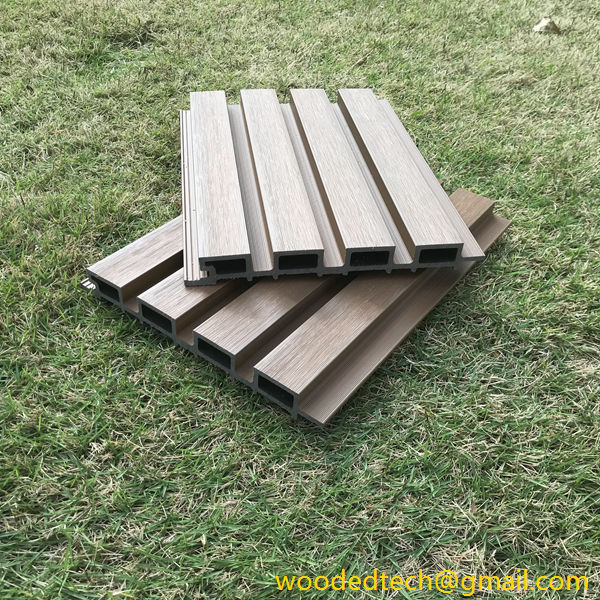 Maintenance of WPC wall panels is relatively low compared to traditional wooden panels. However, periodic inspections are necessary to ensure the panels remain in good condition. Cleaning is one of the simplest yet most effective maintenance practices. Regular dusting and wiping down the panels with a damp cloth can help maintain their appearance. For tougher stains, a mild detergent can be used, but harsh chemicals should be avoided as they can damage the surface finish. It is essential to follow the manufacturer’s guidelines regarding cleaning products to prevent any adverse effects on the material.
Maintenance of WPC wall panels is relatively low compared to traditional wooden panels. However, periodic inspections are necessary to ensure the panels remain in good condition. Cleaning is one of the simplest yet most effective maintenance practices. Regular dusting and wiping down the panels with a damp cloth can help maintain their appearance. For tougher stains, a mild detergent can be used, but harsh chemicals should be avoided as they can damage the surface finish. It is essential to follow the manufacturer’s guidelines regarding cleaning products to prevent any adverse effects on the material.
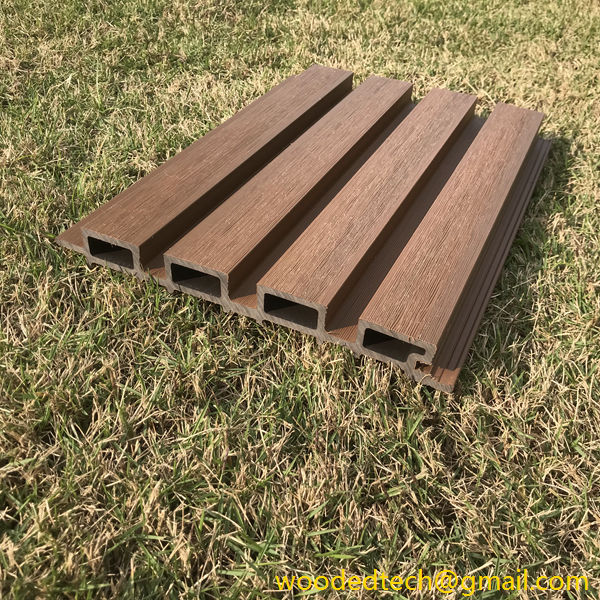
One of the significant advantages of WPC wall panels is their resistance to fading and discoloration. Unlike natural wood, which can warp and fade under UV exposure, WPC panels maintain their color and structural integrity over time. However, it is still advisable to keep the panels out of direct sunlight whenever possible, as prolonged exposure can lead to surface degradation. Additionally, if the panels are installed in high-traffic areas or regions with harsh weather conditions, inspecting for any signs of wear and tear is essential.
In terms of repair, WPC wall panels can be easily replaced if damaged. Unlike traditional materials that may require extensive refinishing, WPC can be cut out and replaced without significant alteration to the surrounding panels. This makes maintenance and repair processes more efficient and cost-effective. It is advisable to keep a few spare panels on hand that match the existing installation, as this will make future repairs less complicated.
In summary, WPC wall panels offer a modern solution for interior and exterior wall coverings with numerous benefits. Understanding the HSN code associated with these panels is essential for proper classification in trade. The installation process is straightforward, requiring minimal tools and expertise, while maintenance is low-effort yet crucial for longevity. By adhering to proper installation and maintenance practices, WPC wall panels can provide lasting beauty and functionality in any space. Whether for residential or commercial use, these panels represent a smart investment in modern building materials.

